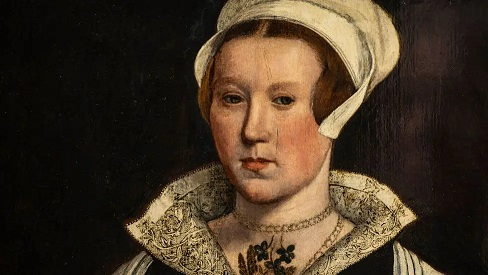Any book about Tudor executions is bound to include Lady Jane Grey and here Jane shares a chapter with her father-in-law, John Dudley, Duke of Northumberland. Both died under the executioner’s axe for the roles they played in Jane’s short reign.
Other chapters are devoted to more victims with royal blood (Margaret Pole and Edward Plantagenet), those related to the crown (the uncles of Edward VI), Queens Anne Boleyn and Katherine Howard, those who served them (Jane Boleyn) and nobles who were accused of plotting against various Tudor monarchs (Edward Stafford, Henry Howard, Thomas Howard and Robert Devereux).
Each chapter gives a summary of the life of the victim, what caused them to lose their head and what definition of treason was actually committed. This last point was particularly interesting as I didn’t know there were different types of treason (e.g. petty and high), not that Henry VII was the first monarch to bring in the Act of Attainder for treason or that Mary I repealed all previous Treason acts, barring the 1351 Act.
This is a fascinating look at some of those who fell foul of their monarch and paid the ultimate price, whether guilty or not.
Thank you to Pen and Sword and Net Galley for my review copy











































